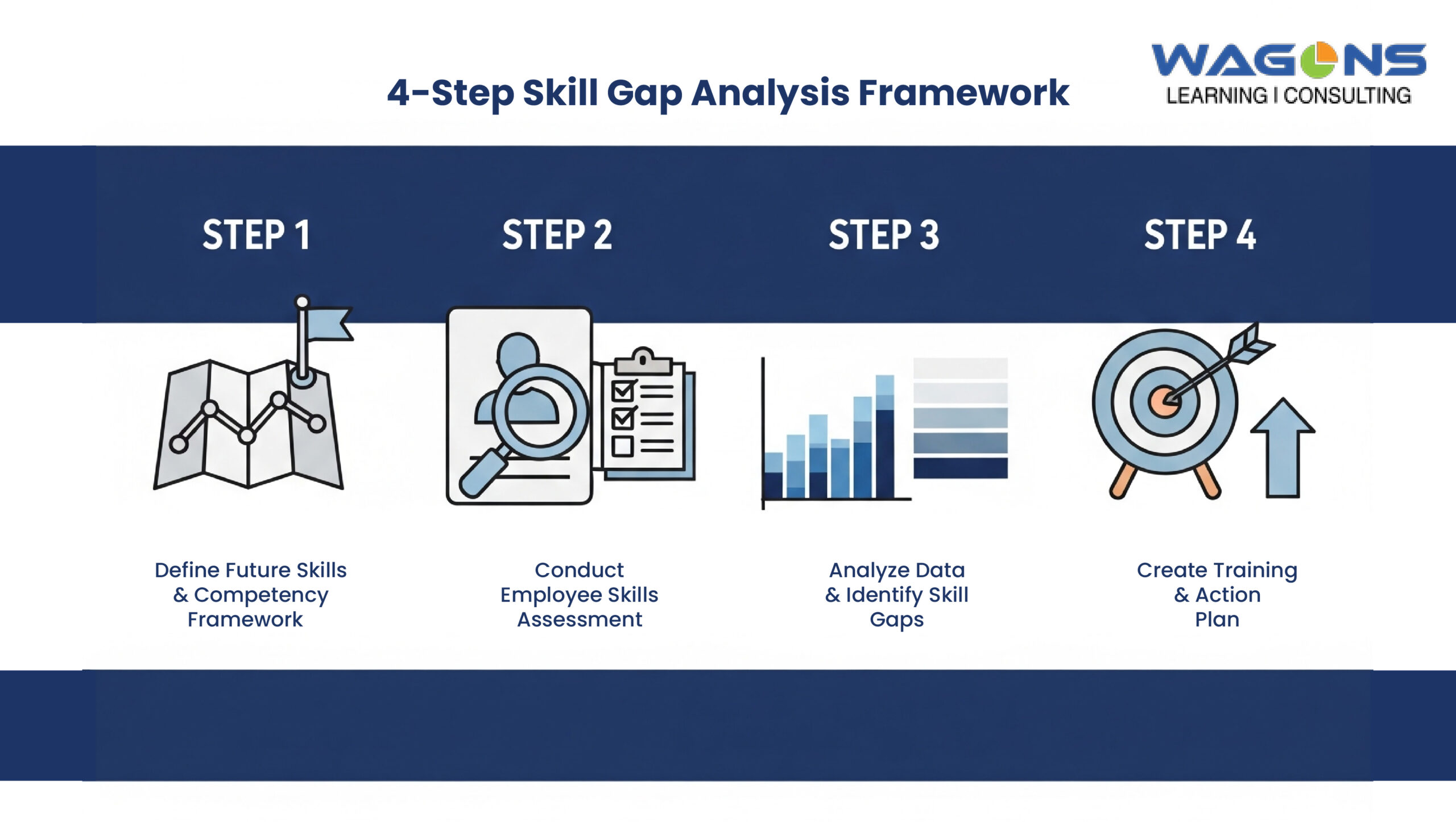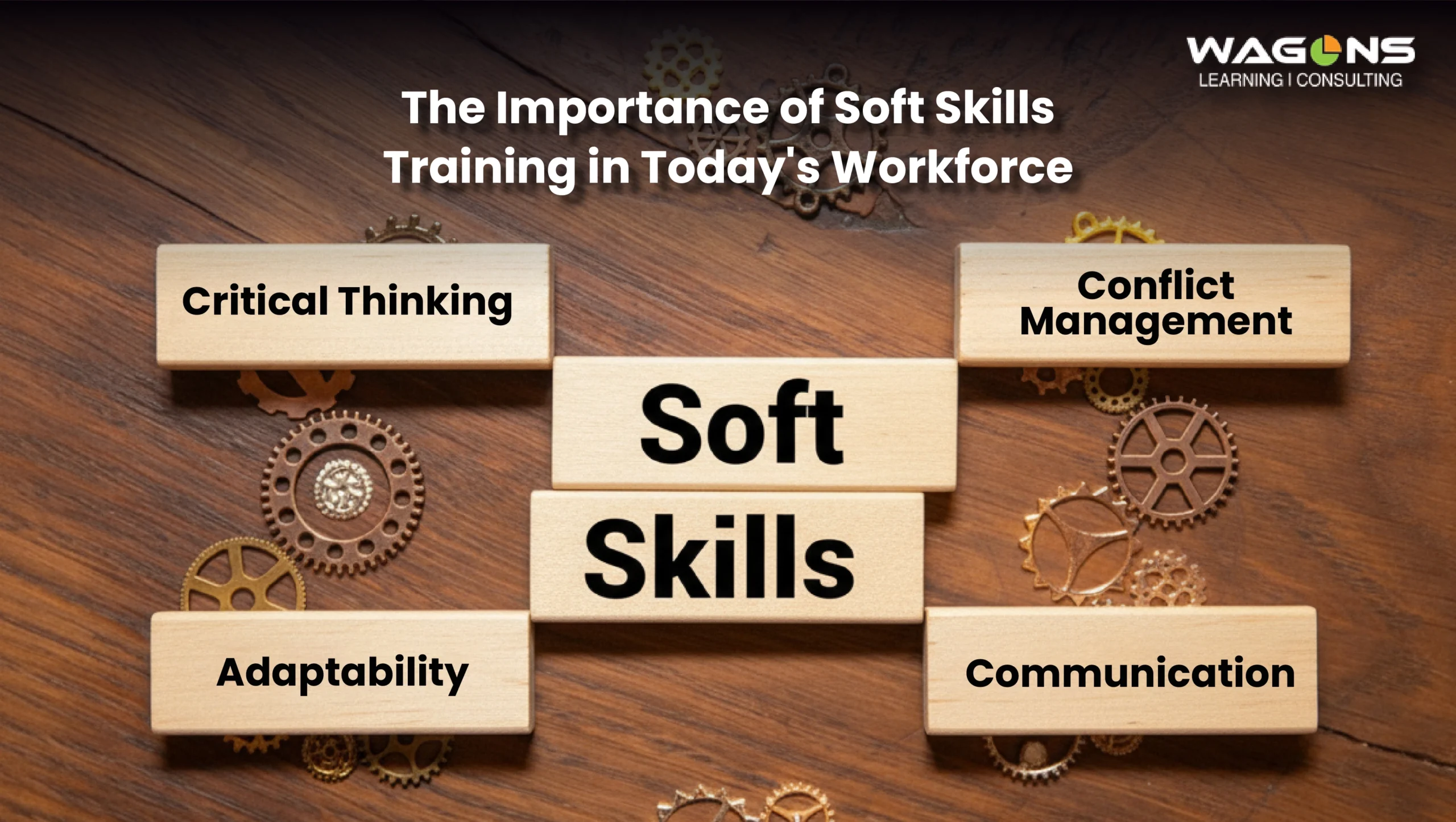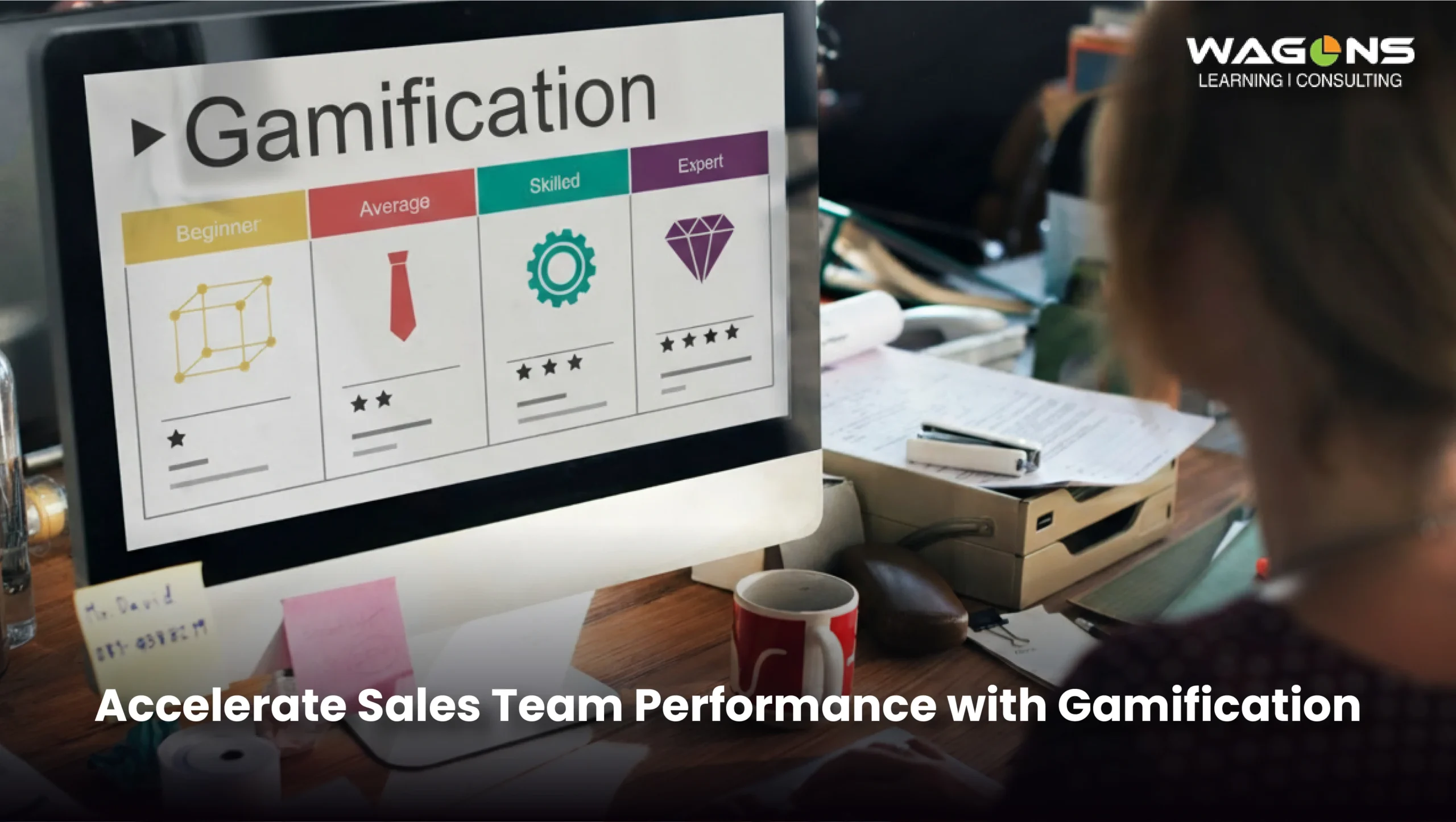70% of executives report their businesses are suffering financially because their workforces lack the right competencies, according to recent research on the state of the workforce skills gap. This alarming statistic reveals a critical challenge facing organizations today: the widening gap between the skills employees currently possess and those required for business success.
Skill gaps are categorically considered the biggest barrier to business transformation by 63% of employers, who identify them as a major barrier over the 2025-2030 period. The financial implications are staggering, with companies experiencing 40% lower productivity when large skills gaps exist.
A skill gap analysis is a systematic process that identifies the difference between the skills your workforce currently has and the skills they need to achieve organizational objectives. This strategic assessment enables companies to make data-driven decisions about training, hiring, and workforce development, ultimately transforming skill deficiencies into competitive advantages.
What is Skill Gap Analysis?
Definition & Purpose:
- Comprehensive evaluation method comparing current organizational capabilities against future skill requirements
- Serves as the foundation for strategic workforce planning by identifying exactly where teams need development
Process & Methodology:
- Maps existing employee competencies against a predefined competency framework
- Identifies critical gaps that could potentially impact overall business performance
- Goes beyond traditional assessments by incorporating emerging skill requirements like AI, digital transformation, and advanced technical capabilities
Strategic Benefits:
- Enables creation of targeted training programs based on identified needs
- Optimizes recruitment strategies by highlighting specific skill deficiencies
- Builds resilient teams capable of adapting to rapid market changes
Data-Driven Approach:
- Replaces assumptions about training needs with concrete, evidence-based decisions
- Provides organizations with factual insights for informed workforce development planning
- Delivers measurable results for strategic human resource management
How to Perform a Skill Gap Analysis: A 4-Step Process
Step 1: Define Your Organization’s Future Skills and Competency Framework
Begin by establishing a comprehensive competency framework that aligns with your business goals and future strategic direction. This framework should categorize skills into three main areas: technical skills, soft skills, and leadership competencies.
Work with department heads and senior leadership to identify both current and emerging skill requirements. Consider industry trends, technological advancement, and your organization’s 3–5 year strategic plan. Document required proficiency levels for each role, using a standardized scale (typically 1–5) to ensure consistency across assessments.
Pay particular attention to future skills that may not be critical today but will become essential. Executives estimate that 40% of their workforce will need to reskill in the next three years as a result of implementing Artificial Intelligence, making it crucial to incorporate AI-related competencies into your framework.
Step 2: Implement a Comprehensive Employee Skills Assessment
Deploy multiple assessment methods to gather accurate data about current employee capabilities. Combine self-assessments, manager evaluations, peer reviews, and objective skill tests to create a complete picture of existing competencies.
Use structured evaluation tools that align with your competency framework, ensuring consistent measurement across all employees. Digital assessment platforms can streamline this process and provide detailed analytics on skill distributions across teams and departments.
Consider incorporating practical demonstrations, portfolio reviews, and scenario-based assessments for technical skills. For soft skills, use behavioral interviews and 360-degree feedback mechanisms to gather comprehensive insights from multiple stakeholders.
Step 3: Analyze the Data to Identify Critical Skill Gaps (Including the AI Skills Gap)
Aggregate assessment data to identify patterns and prioritize critical gaps based on business impact. Focus on skills that directly affect key performance indicators, customer satisfaction, and strategic objectives.
Create detailed gap analysis reports that highlight both individual and organizational skill deficiencies. Categorize gaps by urgency, difficulty to address, and potential impact on business outcomes. Talent skill gaps account for 46% of reasons why organizations struggle with AI implementation, making technology-related skills particularly important to address.
Use data visualization tools to present findings clearly to leadership teams. Heat maps, gap matrices, and trend analysis charts help stakeholders understand the scope and severity of skill deficiencies across different departments and roles.
Step 4: Develop a Data-Driven Training Needs Analysis and Action Plan
Transform your gap analysis findings into a comprehensive action plan that addresses critical skill deficiencies through targeted interventions. Prioritize initiatives based on business impact, cost-effectiveness, and feasibility of implementation.
Create specific training programs, mentorship opportunities, and development pathways for each identified gap. Over 63% of leaders say that upskilling is the top priority for solving their company’s skills gap in the next year, and 43% plan to invest in reskilling, demonstrating the strategic importance of structured development programs.
Establish clear timelines, success metrics, and accountability measures for each initiative. Include both internal development options and external training partnerships to ensure comprehensive skill development across your organization.
Common Mistakes to Avoid in Your Skill Gap Analysis

Focusing Only on Current Gaps, Not Future Skills
Many organizations make the critical error of addressing only today’s skill deficiencies while ignoring emerging competency requirements. This reactive approach leaves companies unprepared for industry disruptions and technological changes.
Successful skill gap analysis must incorporate forward-looking assessments that anticipate future skill needs. Consider industry evolution, emerging technologies, and changing customer expectations when defining your competency framework.
Regular updates to your skill requirements ensure your workforce remains competitive and adaptable to market changes. Build flexibility into your analysis process to accommodate rapid shifts in skill demand.
Using Inconsistent or Subjective Assessment Methods
Inconsistent evaluation criteria and subjective assessment methods undermine the reliability of your skill gap analysis. Without standardized measurement tools, organizations cannot accurately compare skills across departments or track improvement over time.
Implement structured assessment protocols with clear evaluation criteria for each competency level. Train assessors to apply consistent standards and use multiple evaluation methods to validate findings.
Document assessment procedures and provide ongoing calibration training to maintain measurement accuracy across your organization. Consistent methodology is essential for creating actionable insights from your analysis.
Lack of Follow-Through on the Action Plan
The most comprehensive skill gap analysis becomes worthless without proper execution of improvement initiatives. Many organizations invest significant resources in assessment but fail to implement systematic development programs.
Create detailed implementation timelines with specific milestones and accountability measures. Assign dedicated resources to manage skill development programs and track progress against established objectives.
Regular monitoring and adjustment of your action plan ensures continuous improvement and demonstrates organizational commitment to workforce development.
Key Benefits of a Continuous Skill Gap Analysis
Enables Data-Driven Corporate Training and L&D Decisions
Systematic skill gap analysis eliminates guesswork from training investments, ensuring resources are allocated to areas with the greatest business impact. Organizations can optimize their learning and development budgets by focusing on critical skill deficiencies rather than generic training programs.
Data-driven insights help L&D teams design targeted curricula that address specific competency gaps. This precision approach improves training effectiveness and accelerates skill development across the workforce.
Regular analysis enables organizations to track training ROI and adjust programs based on measurable outcomes. Companies can demonstrate clear connections between skill development initiatives and business performance improvements.
Improves Employee Retention Through Clear Career Development Paths
Transparent skill assessments and development planning significantly enhance employee engagement and retention. When workers understand their current capabilities and see clear pathways for growth, they are more likely to remain committed to the organization.
Only 34% of workers surveyed feel supported by their organization’s skill development, indicating a significant opportunity for companies to differentiate themselves through comprehensive development programs.
Structured skill development creates internal mobility opportunities, reducing recruitment costs and preserving institutional knowledge. Employees who see investment in their growth are more likely to become long-term contributors to organizational success.
Enhances Strategic Workforce Planning and Succession
Comprehensive skill gap analysis provides critical input for strategic workforce planning and succession management. Organizations can identify potential leadership gaps early and develop internal talent pipelines to ensure business continuity.
Understanding current and future skill distributions helps HR teams make informed decisions about recruitment priorities and internal promotions. This strategic approach reduces dependency on external hiring and builds organizational resilience.
Regular skill assessments enable proactive succession planning by identifying high-potential employees and preparing them for advanced responsibilities. Companies can reduce business risk by ensuring critical skills are distributed across multiple team members.
Your Free Skill Gap Analysis Template for Employees
Here is a reliable skill gap analysis template you can adapt for your teams:
| Required Skill | Skill Category | Required Proficiency (1-5) | Current Employee Proficiency (1-5) | Identified Gap (Difference) | Proposed Action Plan |
|---|---|---|---|---|---|
| Python | Technical | 4 | 2 | -2 | Advanced Python Corporate Training |
| Project Management | Leadership | 5 | 4 | -1 | PMP Certification Course |
| Data Analysis | Technical | 4 | 1 | -3 | Data Analytics Fundamentals Workshop |
| Communication | Soft | 4 | 3 | -1 | Business Communication Workshop |
| AI/ML Fundamentals | Technical | 3 | 1 | -2 | Machine Learning Bootcamp |
This template provides a structured framework for documenting skill gaps across your organization. Customize the skill categories and proficiency scales to match your specific competency framework and business requirements.
Bridge Your Team’s Skill Gaps with Expert Corporate Training
Identifying the gaps is the first step. Closing them is what drives growth.
Wagons Learning offers tailored corporate training programs designed to address the specific needs discovered in your skill gap analysis. Our expert instructors deliver hands-on, practical training in critical areas including:
- Advanced Technical Skills: Data Analytics, AI
- Digital Transformation: Process automation, digital tools mastery
- Leadership Development: Project management, team leadership, strategic thinking
- Soft Skills Enhancement: Communication, problem-solving, adaptability
With 85% of employers planning to prioritize upskilling their workforce, the companies that implement comprehensive skill gap analysis today will lead their industries tomorrow.
Contact Wagons Learning today to discuss how our customized training solutions can bridge your specific skill gaps and drive measurable business results.
Conclusion: Turning Your Skill Gaps into a Competitive Advantage
Effective skill gap analysis is not just about identifying deficiencies, it’s about creating a roadmap for organizational transformation. By systematically assessing current capabilities against future requirements, companies can make strategic investments in workforce development that drive sustainable competitive advantage.
The process requires commitment to continuous improvement and data-driven decision making. Organizations that embrace regular skill assessment and targeted development programs will be better positioned to navigate industry changes and capitalize on emerging opportunities.
Transform your workforce challenges into growth opportunities. Start your skill gap analysis journey today and build the high-performing team your organization needs to thrive in an increasingly competitive marketplace.






